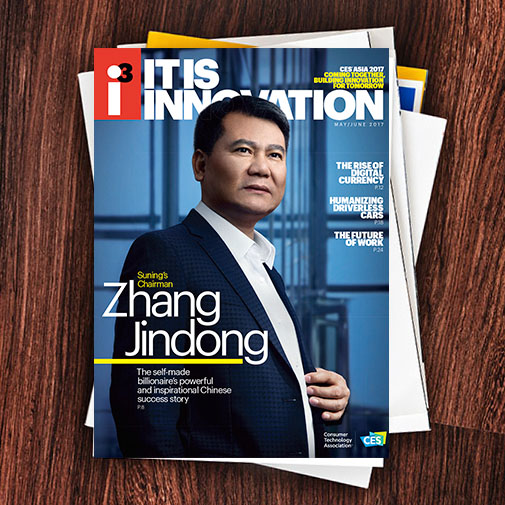These source reduction achievements are enabled by three important trends: technological shifts, convergence of multi-functional devices and the use of lightweight materials.
According to RIT’s preliminary results, the industry experienced peak volume of discarded, obsolete electronics devices in 2014 as an influx of older, heavier products left homes. Going forward, recyclers may see the number of incoming products increase even as the pounds they receive for recycling declines. No one doubts that end-of-life CRT [cathode ray tube] TV displays make up a large percentage of the consumer electronics returned for recycling. However, in the CE Recycling and Reuse Study (2016), CTA’s fourth U.S consumer survey on electronics recycling and the use of CRT screens in the home, found that in just three years, the number of American households with CRT televisions or computer monitors has declined from nearly half of all homes to just one-third.
Consumers today are relatively well educated about technology recycling. CTA surveys have found that overall awareness of technology recycling has remained consistently high since 2014, with nearly twothirds (59 percent) of respondents knowing where they can recycle their consumer technology devices, and nine in 10 (89 percent) consumers agree it’s important to recycle old electronics. Roughly half of U.S. adults removed electronics from their households within the past year, and among those, four out of five donated or recycled these devices.
According to the Environmental Protection Agency’s (EPA) latest Advancing Sustainable Materials Management Facts and Figures report, consumer electronics has the fastest growing recycling rate of any product category in the U.S. Through continued innovation and leadership from the consumer technology industry, CTA and its members are working to increase recycling and make it easier for consumers to recycle their used electronics. Last year, the eCycling Leadership Initiative (ELI), an industry eddort spearheaded by CTA, announced that a record 700 million pounds of consumer electronics were recycled across the U.S. by manufacturers and retailers in 2015 – 40 million pounds more than 2014 and more than double the amount recycled in 2010.
But industry cannot solve all environmental problems without others’ help. Government leaders and agencies, industry experts and consumers must work together to reduce the environmental impact of consumer tech devices. The industry has already established a gamechanging trend of using fewer materials in our products, and with the demand for tech products growing every year, manufacturers will follow through on that goal by delivering products that are as innovative in their sustainability as they are in their technology.

i3, the flagship magazine from the Consumer Technology Association (CTA)®, focuses on innovation in technology, policy and business as well as the entrepreneurs, industry leaders and startups that grow the consumer technology industry. Subscriptions to i3 are available free to qualified participants in the consumer electronics industry.